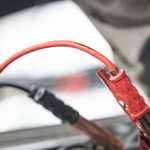Winching is the process of recovering or moving a stuck or immobilized vehicle using chains, straps, ropes, or winch cables. It is quite important to ensure the availability and functionality of the winching apparatus if you have an adventurous plan to visit and explore jungles, deserts, and other places like that on your vehicle. Winching is not as simple as it seems. If performed by an inexperienced person, it can lead to damage to the vehicles and even severe accidents, thus worsening the situation.
This article will discuss a basic understanding of the winching process, common mistakes that one can make while performing it, and how to avoid them.
Equipment for Winching
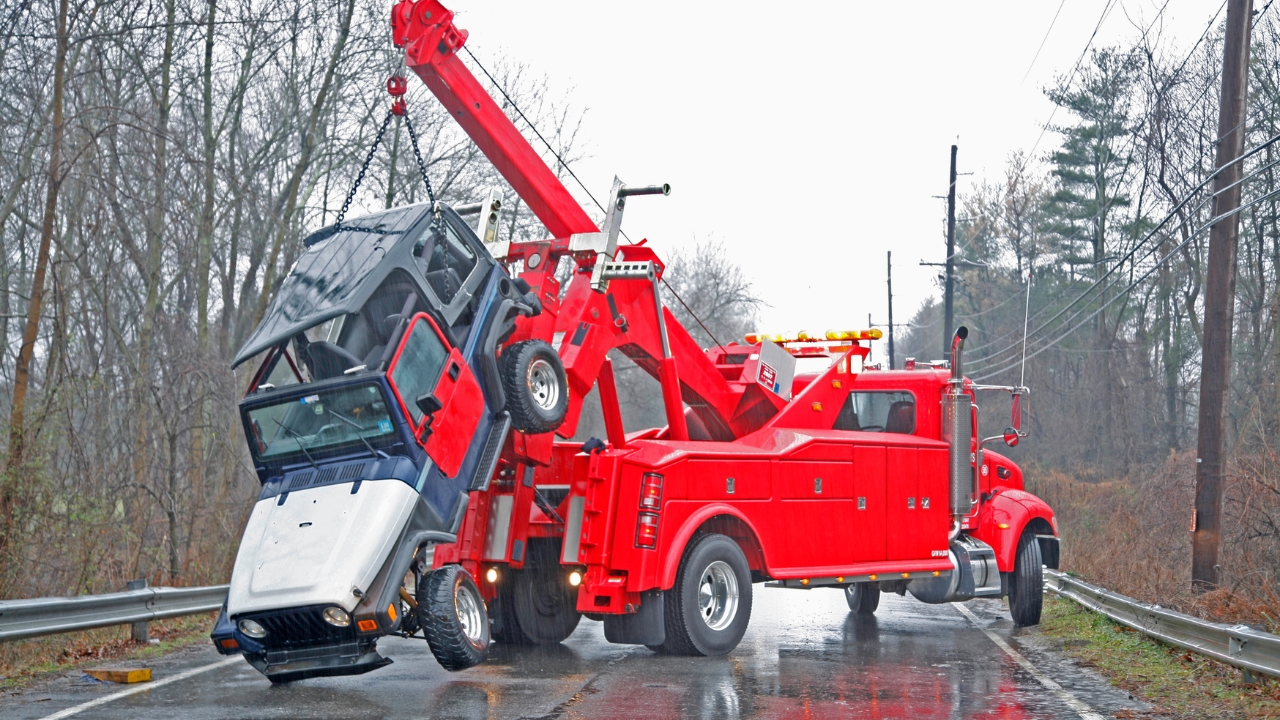
- Winch: Mounted usually on the front of the vehicle to generate adequate pulling force.
- Recovery straps/Ropes; To connect the winch to the immobilized vehicle.
- Shackles: To fasten the straps to suitable connection points on the vehicle.
- Snatch Blocks/ Pulleys: To increase the traction force by changing the direction of the pull.
- Winch Line Dampener: To prevent injury in case of winch line failure.
- Gloves and safety equipment: Provide strong grip and protection.
Winching Techniques
Several winching techniques that are used depending upon a particular situation are as follows
1. Straight-Line Pulls
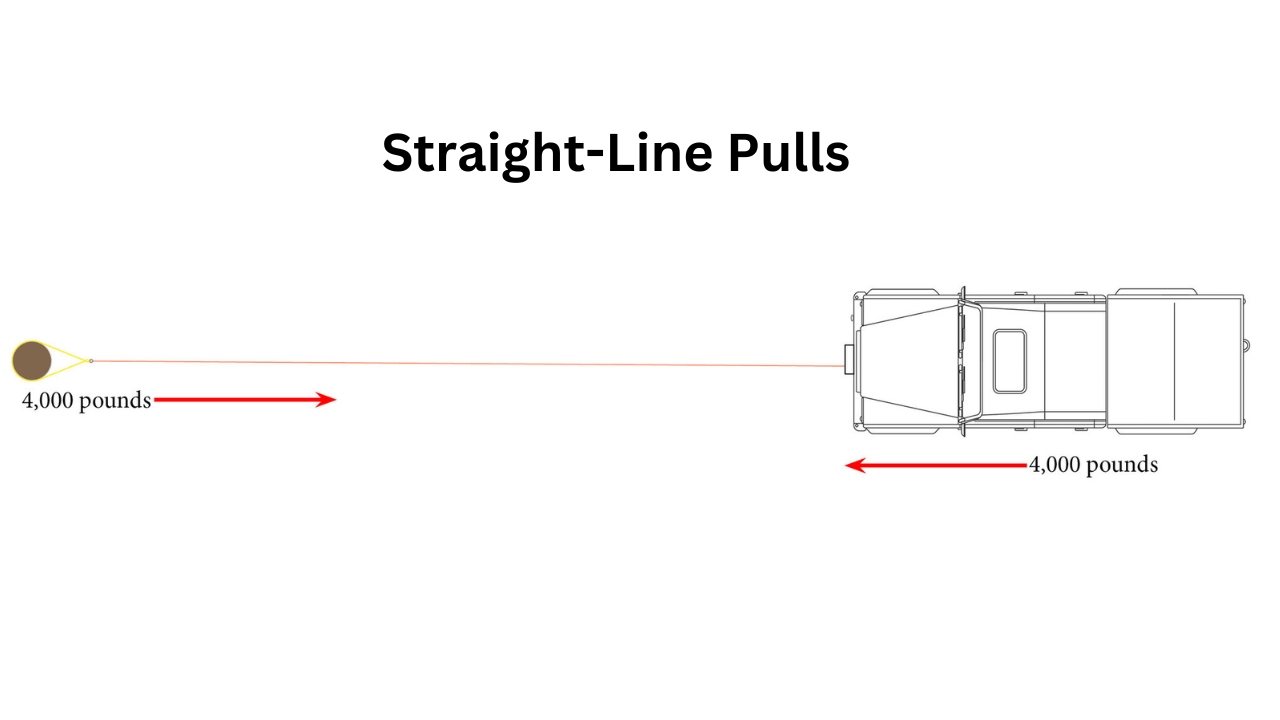
It is one of the simple and most commonly used winching techniques. In this method, the winch cable or rope is attached to the stuck or immobilized vehicle and the pulling force is applied in a straight line typically in the direction the vehicle needs to move. This technique is most effective when a vehicle is stuck in a clear path without obstacles.
2. Angled Pulls
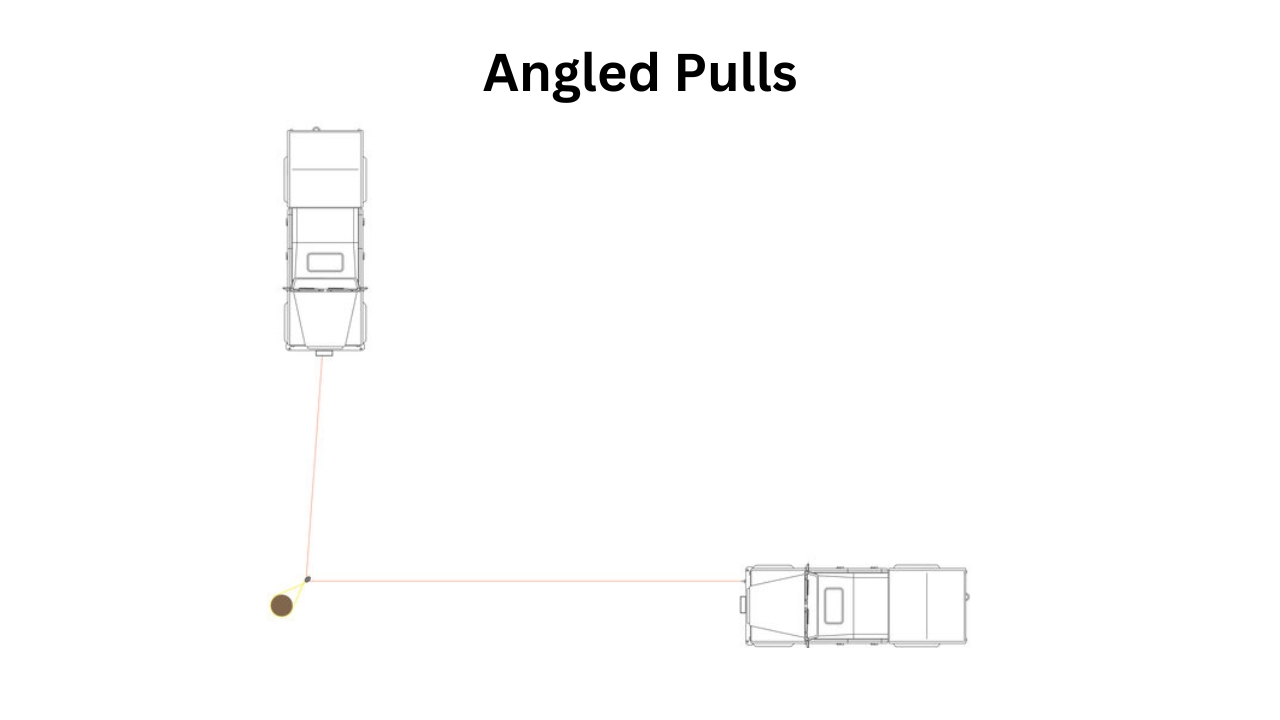
The winching of the vehicle at an angle to its current position. This technique is employed when the vehicle is stuck in a path with obstacles or when straight-line pull fails. The anchor point is selected in a direction perpendicular to the line of pull. Recovery straps or ropes are applied to the vehicle and anchor points and winch-ing are performed.
3. Double-Line Pulls
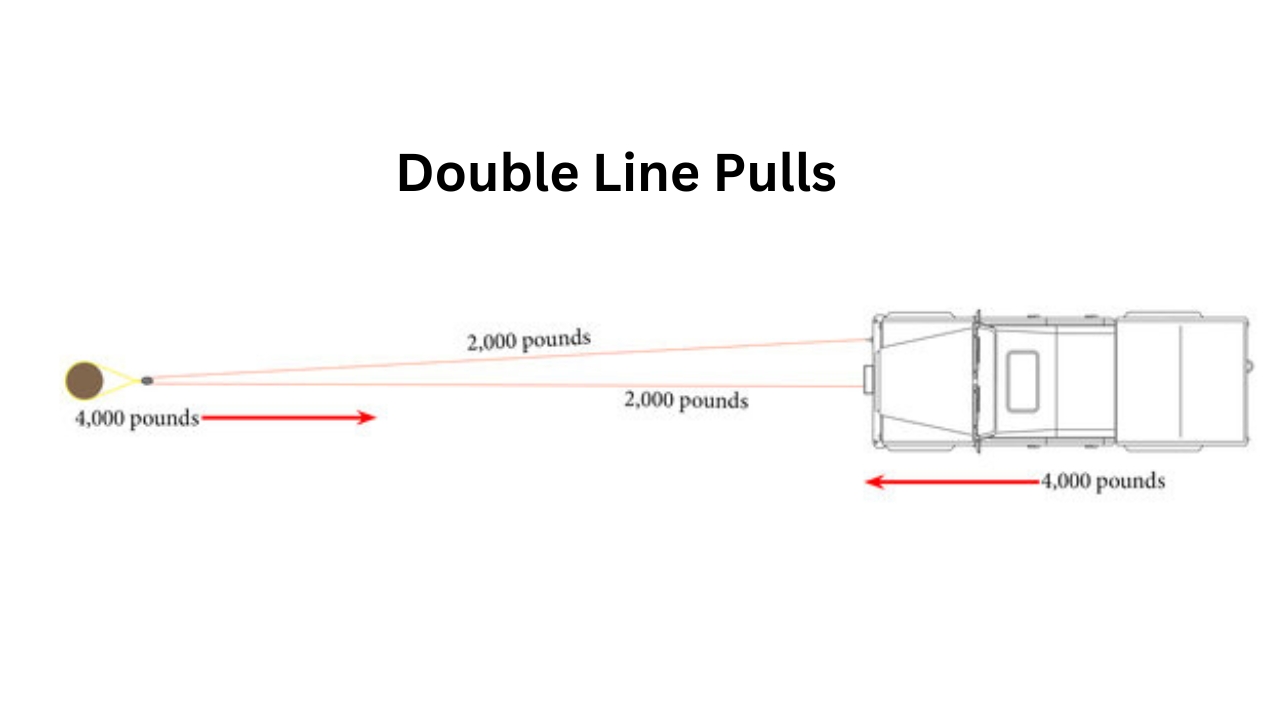
This technique is performed when the load of the stuck vehicle is beyond the pulling capacity of the winch. It employs the use of a snatch block which is attached to a fixed object. Winch rope is passed through the block and is attached again to the vehicle. When the winch is engaged, it effectively pulls on both sides of the rope. It halves the load on the winching motor.
Common Mistakes to Avoid in Winching
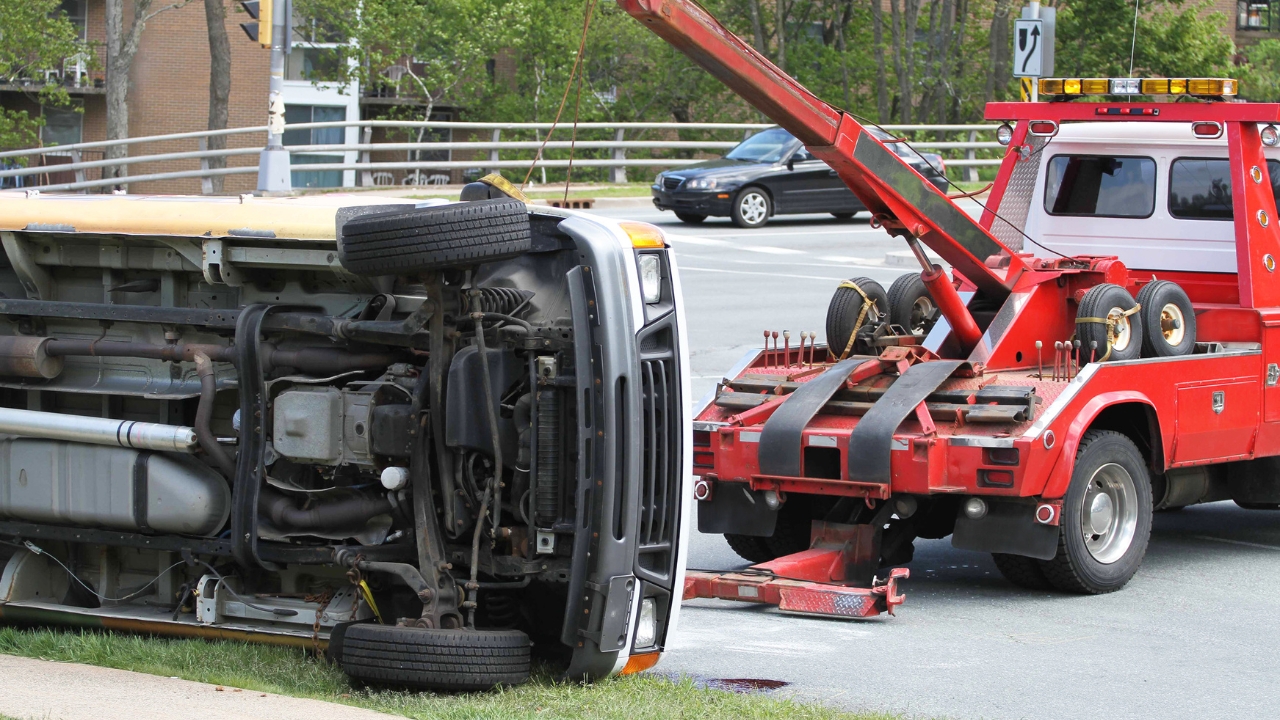
In this section, mistakes that are common during winching are discussed along with instructions to avoid them
1. Insufficient Assessment
It is a common mistake to avoid a detailed initial assessment of the vehicle, ground, and winching equipment before starting the process. It results in failed attempts and wastage of time and energy. Moreover, it predisposes the persons to injuries and accidents doing the process. Therefore, it is crucial to assess the condition in detail before undergoing the procedure.
2. Unstable Anchor Point
Overlooking a proper anchor point selection is a frequent mistake especially if the person doing the winching process is inexperienced. It results in significant damage to the vehicle and winching equipment and drastic injuries to the person. This can be avoided by selecting anchor points that are stable and strong enough to support the pulling force generated by recovery straps or winching ropes.
3. Non-designated Recovery Points
While manufacturing the vehicles some points are installed in their structure for the attachment of recovery straps or ropes. These are called recovery points and are strong enough to bear the pulling force exerted via recovery straps.
But most people are unaware of these points and tend to attach the winching ropes and straps on bumpers or suspension components resulting in structural damage. So one should be well aware of these points before proceeding.
Quick Read: Benefits to Use a Flatbed Recovery Service in Dubai
4. Incorrect Winch Line Attachment
It is a common mistake to improperly attach the winch line or recovery straps to the anchor points or vehicle being pulled. It results in slippage, disconnection, or breakage during the winch-ing process. It can be avoided by using appropriate shackles or hooks and following the manufacturer’s instructions.
5. Underpowered Winch
Most people don’t ensure the compatibility between the winch’s pulling capacity and the weight of the vehicle being pulled before the procedure. It results in failed attempts and damage to the vehicle. Thus, it is important to estimate the weight of the vehicle and know whether the winch is strong enough to generate adequate pulling force before proceeding.
6. Incorrect Cable or Rope Handling
Incorrect handling of the winching rope or cable can result in damage, kinking, and loss of integrity. It makes it prone to break during operation. Proper spooling techniques and layering can prevent line entanglement.
7. Lack of Proper Communication
Lack of proper communication and coordination between all the people involved in the process can result in confusion and mistakes. It can lead to failure of the process and damage to the vehicle. Thus it is important to assign each person a specific task and develop clear communication between all the persons.
8. Ignoring Safety Precautions
Most of the people who perform winching for the first time ignore the safety precautions and sustain injuries. It also results in significant damage to vehicles and winching equipment. One should follow the safety precautions such as wearing protective gloves and goggles etc. to avoid the consequences.
Post-Winch Out Procedures
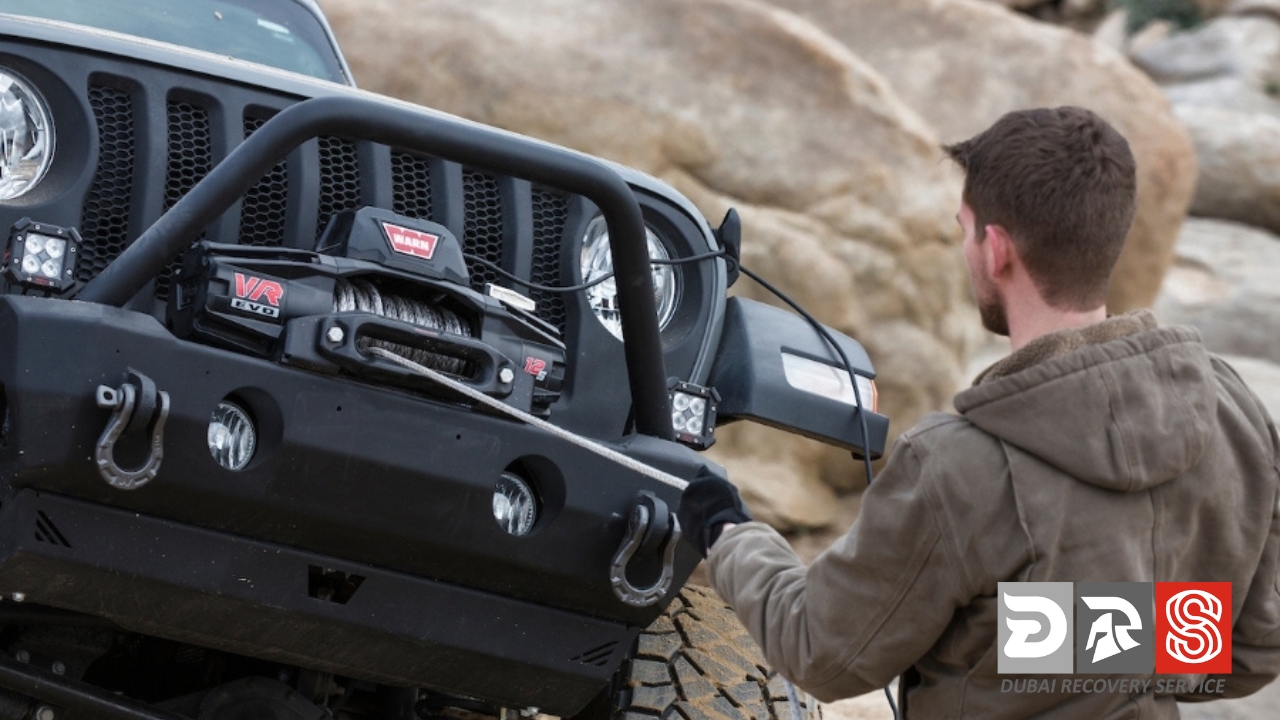
It is important to properly inspect the vehicle for any damage such as misaligned wheels or bent bumpers after winching to ensure safe driving. Winching equipment such as ropes, shackles, etc should also be inspected in detail to look for damage sustained during the process. Spool the rope in the previous pattern with adequate tension. Regular maintenance of the winch and other equipment is also incredibly important as it enhances their durability.
Conclusion
In situations where winching tasks may exceed personal expertise or equipment capabilities, it is always advisable to seek professional winching services. Professional winching providers possess the necessary experience, knowledge, and specialized equipment to handle even the most challenging recovery scenarios, ensuring a smooth and efficient operation while prioritizing safety.



